Jogyeongdan-ro, the Artery of Joseon

Before you read…
- -dong : an area or district within a city or ‘gu’
- -ro : a road, generally with 2 to 7 lanes
- -myo : a grave or tomb
- 1 pyeong : 3.3057851239669 square meters, 35.583174931272 square feet
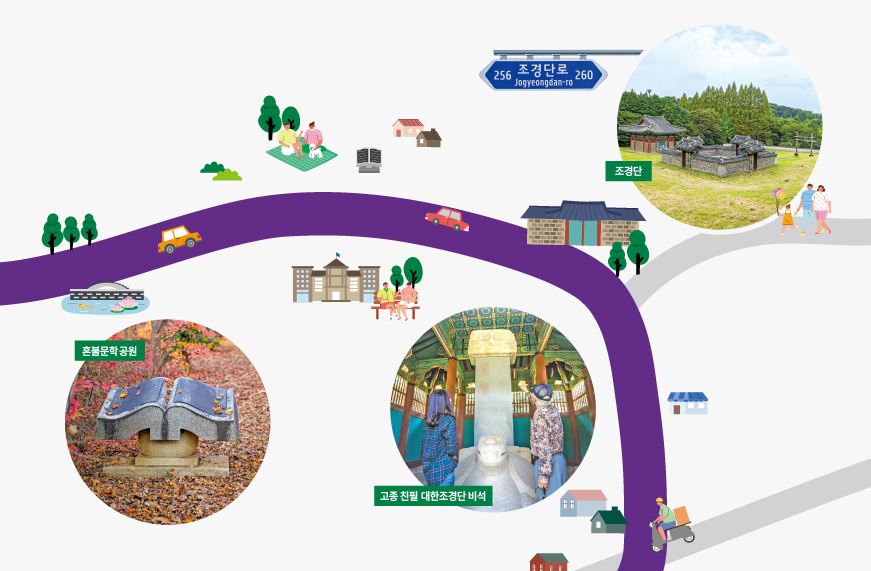
‘A small tree with strong roots will outlive a big tree with weak ones.’ The same holds true for roads built on solid ground. Jogyeongdan-ro, where the Joseon Dynasty’s origins were meticulously preserved, is the focal point of a road that stretches out in both directions as if extending arms. Without further ado, we present the Jogyeongdan-ro: the arterial road diffusing the honor and prowess of the Joseon Dynasty all through Jeonju.
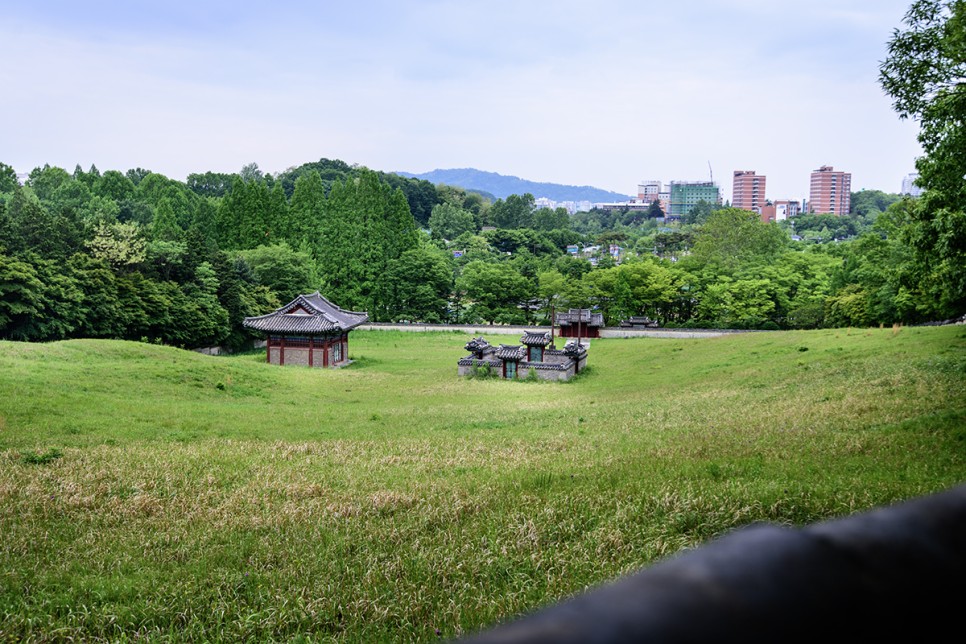
Marking the Genesis of a Dynasty
Jogyeongdan-ro is a semi-circular road; it weaves through the Geumam Square intersection, past the University of Jeonbuk, and into the mouth of Songcheon-dong. ‘Jogyeongdan’ is actually the tomb of Lee Han, the founding father of the Jeonju Lee Clan. The name ‘Jogyeongdan(肇慶壇 in Chinese Hanzi)’ implies “the miraculous genesis of the Joseon Dynasty.” It represents Jeonju as the birthplace of the Joseon Dynasty, alongside the Shrines of Gyeonggi-jeon and Jogyeong-myo.
The Jogyeongdan – located on a gentle slope at the base of Geonjisan Mountain – is surrounded by a dense pine forest, as if guarded by their thick trunks. Its doors are locked shut unless ancestral ceremonies are taking place. The Royal Cemetery of Danso, along with the Bigak monument can be found on the spacious site, which is guarded by a fence that surrounds its precincts. Following the establishment of the Joseon Dynasty, King Lee Seong-gye(=King Taejo) took precautions to keep the Geonjisan Mountain restricted and sheltered, and subsequent kings did the very same.
The construction of Jogyeongdan was first discussed during King Yeongjo’s reign, and in 1899 (the third year of King Gojong’s reign), a stone wall spanning over 10,000 pyeong was built around the precincts, with gates in the east, west, north, and south. Emperor Gojong erected a monument and engraved in his own handwriting the words “Daehan Jogyeongdan,” indicating that “Jeonju is the root of the Korean Dynasty’s imperial family.” Furthermore, he was very particular about the appointment of managers and having them perform ancestral rites once a year.
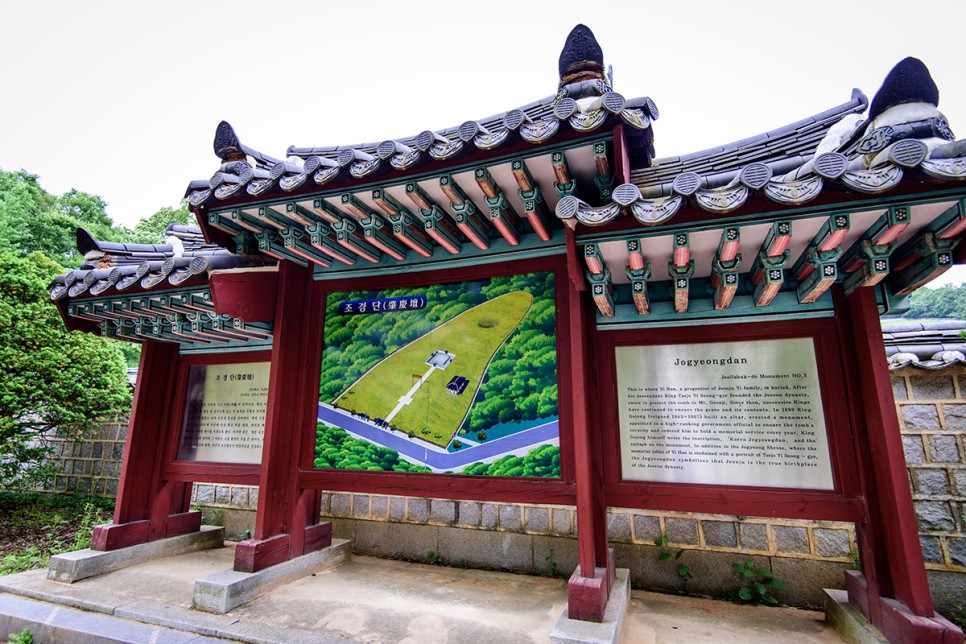
A Spirit that Stood the Test of Time
Every spring, the tunnel erupts with blooms of light pink cherry blossoms lined across the terrace’s greenery. At the same time, the Jogyeongdan also emerges from its slumber to welcome hundreds of Korean descendants from all over the country. The Grand Festival of Jogyeongdan, held annually on April 10, is a ritual event that celebrates our founding ancestors’ virtues while honoring the Jogyeongdan’s historical significance. It is hosted by Jeonju Lee’s descendants currently affiliated with the Daedong Pharmacy Company. Attendees can feel a renewed sense of pride and honor in being descendants of the Joseon Dynasty, and renewed motivation to carry on the legacy of that their ancestors strived to preserve.
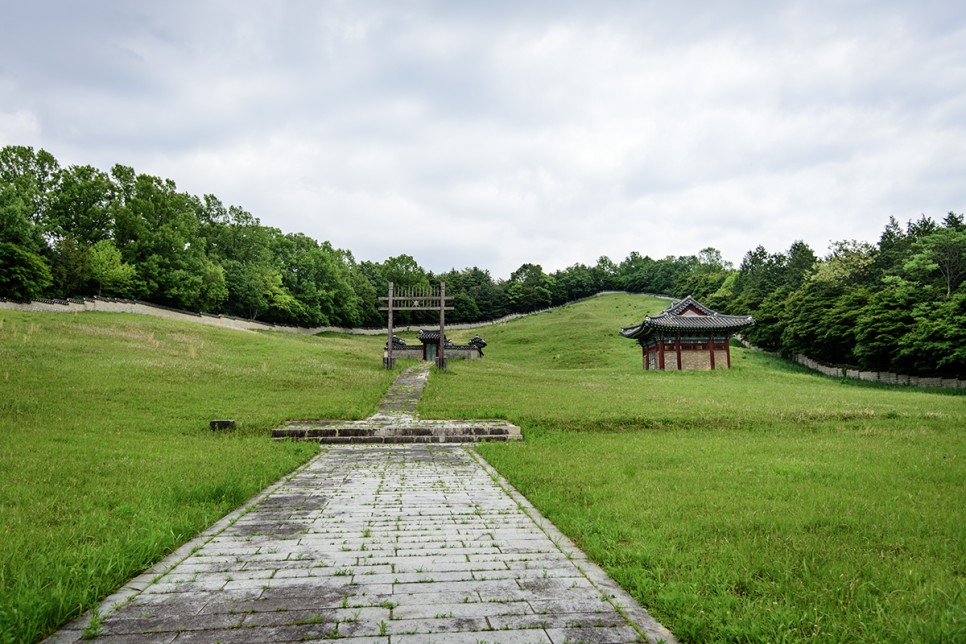
Follow the Path of Retrospection and Relaxation
Think of the place as a book. Focusing on each action as if reading a letter allows you to take on the virtue of the people who established the city that is now known as Jeonju. Such melodies are heard across the street from the Jeonbuk Provincial Gugak Center, which preserves the musical legacy of Korea. In addition, there’s the Imgeumnim Forest Ecological Forest Playground, the Janggunbong Peak Viewpoint, the Geonjisan Mountain Roundabout, the tomb of novelist Choi Myung-hee, and the Geonjisan Mountain Little Library. The path is illuminated by the spirit of classic literature and culture, while the cypress grove radiates the life force of nature. From there, the trail forks off to various family-friendly destinations, such as the Deokjin Park, the Deokjin Sports Park, the Zoo, and the Sori Arts Center in Jeollabuk-do. This has made Gyeonggyeongdan-ro and the area around it a popular place for people to go and relax in Jeonju.
『Jogyeong-myo & Jogyeong-dan : the Birthplace and Resting Place of Joseon’s Greats 』
The Jogyeong-myo Shrine(肇慶廟 in Chinese Hanzi) is another piece of Jeonju’s cultural heritage that proves the city was key to the founding of Joseon. North of Gyeonggi-jeon Hall stands the Jogyeong-myo Shrine, which houses the memorial stone of Lee Han (the patriarch of the Jeonju Lee Clan) and the Gyeongju Kim Clan(the queen of Lee Han). The construction has magnificent architectural value as it was built in 1771 (the 47th year of King Yeongjo’s reign) with a prestigious design and has survived virtually unchanged ever since. The province of Jeollabuk-do recognized the tomb’s historical and academic value, and in 1971 it designated the tomb as a tangible cultural property. Its central Jeongmyo 1-dong district was designated a national cultural property treasure in 2022.
After the success of having Jogyeong-myo designated as a National Treasure, Jeonju City is redoubling its efforts to have Jogyeongdan equally honored. We hope that one day soon both Jogyeongdan and Jogyeong-myo rightfully stands as state-recognized Cultural Properties – in Jeonju City, the birthplace of the Dynasty of Joseon.
<Jogyeong-myo>
44, Taejo-ro, Wansan-gu, Jeonju-si, Jeollabuk-do, Republic of Korea


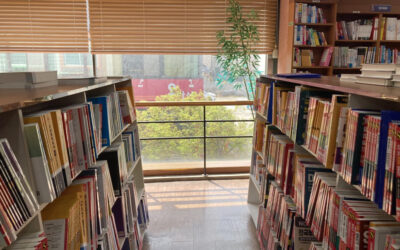

1 Comment